Sable German Shepherds are well-known for their intellect, loyalty, and agility; have you ever seen one with a wild, wolf-like coat that seems to change hue in the light?
Most likely that’s a Sable German Shepherd.
Though it does not reflect a distinct breed, the sable coat pattern is an arresting characteristic that naturally sets these dogs apart. Sable German Shepherds are renowned for their unparalleled work ethic, intelligence, and loyalty; their beauty goes beyond the most revered breeds around.
This essay will explore the history, behavior, health, care requirements, and fit for many lifestyles of the Sable German Shepherd to expose what distinguishes them.
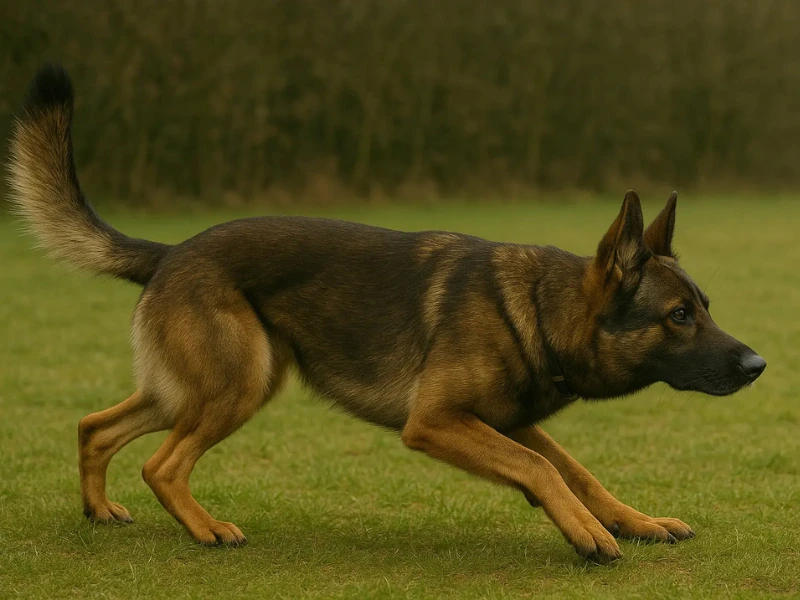
What Is a Sable German Shepherd?
Not a breed in and of itself, sable is a coat color pattern. Usually starting in a lighter shade, such as tan, grey, or silver, at the base and progressively intensifying to black at the tips, each strand of fur in Sable German Shepherds is multi-colored.
Their nearly wolf-like appearance from this layered color alters with maturity.
German Shepherds with solid colors have a consistent coat; Sable German Shepherds have a more variable coat. Instead, every sable dog is unique since their color naturally varies and intensifies with age.
The History of the Sable German Shepherd
Sable’s past German Shepherds have their initial beginnings in the very beginning of the breed. Hornady von Grafrath was a sable dog registered as the first German Shepherd ever.
The late 1800s saw German military commander Captain Max von Stephanitz touring a dog show in Germany. He sought the ideal working dog, one with strength, agility, devotion, intelligence, and cooperation. Then he happened upon Horand, a striking sable-coated dog with a good frame and sharp, alert eye.
Stephanitz immediately bought Horand because he was delighted with his build, intellect, and instinctive working sense. Horand evolved into the cornerstone of the modern German Shepherd breed.
Once Stephanitz brought Horand under his care, he founded the first-ever worldwide German Shepherd club in 1899 by Verein für Deutsche Schäferhunde (SV). He sought to standardise and advance the breed for military, police, and service employment. Horand was thoughtfully raised, with his sable coat solidifying its place in the breed’s genetic lineage.
Thus, when we discuss the Sable German Shepherd, we celebrate the original color and legacy of one of the most intelligent and adaptable canine breeds rather than only discussing a beautiful coat pattern.
Genetics Behind the Sable Coat
The agouti gene, sometimes known as the A locus, produces the amazing sable coat seen in German Shepherds. Banded hairs, in which each strand has several layers of color, usually starting with light near the base and darkening toward the tip, are produced by this gene.
Wild animals like wolves have this same gene; thus, sable German Shepherds typically exhibit that natural, tough, wolf-like appearance. The dynamic character of the sable pattern makes it so special; the coat can progressively change with time.
As puppies, certain sable Shepherds may seem almost all black; as they grow, they soften to a more silvery or tan tint. Others could begin light and grow darker as they age. Their unique attraction stems from no two sable coats being precisely the same.
Temperament: More Than Looks
Sable German Shepherds are just like other GSDs in terms of behavior. What you get is the classic Shepherd personality:
- Confident and alert
- Extremely loyal to their owners
- Highly intelligent and trainable
- Protective but not naturally aggressive
- Great with children (with early socialization)
- Driven to work and please their humans
Their intelligence, though, comes with a demand: they have to be physically and psychologically challenged. They may so grow bored and engage in damaging activities.
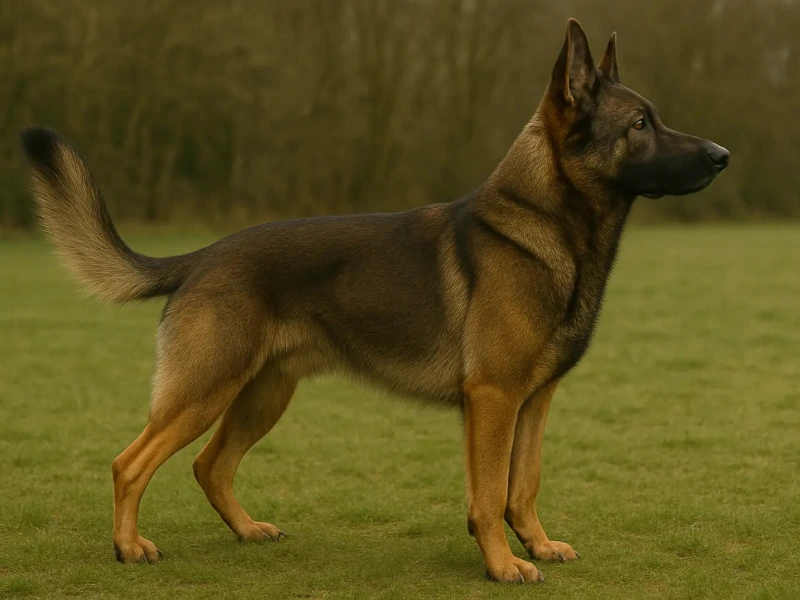
Typical Health Issues Affecting Sable German Shepherds
Sable German Shepherds are prone to particular genetic health issues, much like many big dog breeds. Knowing these diseases will enable you to properly control them and spot them early, so guarantee a healthier and happier life for your dog.
Hip and Elbow Dysplasia
Among the most common problems in big dog breeds is hip and elbow dysplasia. Unusual joint development under this disease might cause discomfort, stiffness, and, at last, arthritis. To assist in stopping this illness from getting worse, one must practise constant exercise, eat a balanced diet, and control weight.
Degenerative Myelopathy (DM)
Your sable. As they age, German Shepherds can develop degenerative myelopathy (DM), a gradual spinal condition weakening the nerve system. Especially in elderly dogs, this condition progressively causes loss of coordination and hind limb paralysis. Early detection slows progression even in cases of no therapy and helps control symptoms.
Bloat (Gastric Dilatation)
For German Shepherds, including Sables, bloat—also known as gastric dilatation-volvulus (GDV—is another major issue. This disorder causes the stomach to twist and swell with gas, therefore blocking blood flow to vital organs. Should your dog exhibit restlessness, too much drooling, or a bloated tummy, see your veterinarian right away.
Skin Allergies and Ear Infections
German Shepherds’ thick double coats make them subject to skin allergies brought on by environmental elements as pollen, dust, or grooming chemicals. Maintaining the cleanliness and good grooming of your dog will help prevent these problems. Their straight ears sometimes absorb trash and dampness as well, which could cause ear infections. Maintaining their health calls for regular ear cleaning.
Tips for Managing Health Concerns
Ideally, regular veterinary visits—every six months—will help you maintain your Sable German Shepherd in optimal shape. This points to early medical problems. Particularly those past five, older dogs can benefit from joint supplements, including glucosamine. A balanced diet heavy in protein and omega fatty acids promotes general health; an orthopedic bed helps relieve joint pressure during rest.
Life Expectancy
Under appropriate care, a Sable German Shepherd often lives 10 to 13 years. By being proactive about their health, you may help to guarantee their enjoyment of a long, active, and happy life.
Exercise & Energy Needs of Sable German Shepherds
High-energy canines like Sable German Shepherds need a lot of daily exercise to remain both physically and psychologically sound. Try 1.5 to 2 hours daily to keep them fit and well-stimulated. Lack of enough physical exercise might cause boredom and possible behavioral problems; thus, it is imperative to keep them occupied.
Outdoor Adventures: Walks and Hikes
Long walks and hikes are among the best approaches to releasing energy. Naturally inquisitive, sable German Shepherds will enjoy smelling about in nature and exploring new ground. Hiking paths let your dog interact with their surroundings and are perfect for physical activity and mental stimulation.
Interactive Games: Fetch and Frisbee
Classic pastimes loved by many German Shepherds are fetch and frisbee. These exercises encourage coordination and agility and help to focus their great vitality. Running after a frisbee or ball is great for your cardiovascular health and deepens your relationship with your dog.
Mental Stimulation: Puzzle Toys and Scent Games
Sable, German Shepherds are quite bright; hence, occupying their minds and bodies is crucial. For boosting their cognitive skills, smell games and puzzle toys are quite amazing. Hiding goodies or motivating them to work out how to reach their rewards will keep them occupied and psychologically sharp.
Water Play: Swimming
Water appeals to many German Shepherds, even the sable kind, instinctively. Swimming is easy for their joints, a low-impact activity that works for their entire body. If you live near a beach, pool, or safe lake, swimming can be an interesting and fashionable way to keep your dog active.
Skill-Building: Agility Training and Herding Games
Sable German Shepherds excel in settings where they can participate in agility training or herding games, as they have a background as working dogs. These pursuits test their cerebral and physical abilities, therefore improving their focus and obedience. These activities provide the ideal release for their inherent inclinations, whether negotiating an agility course or simulating herding duties.
Ideal for Active Households
German Shepherds flourish in active homes or with owners who enjoy the outdoors since they were first developed to work alongside people. A Sable German Shepherd will be a great workout buddy and friend if you appreciate consistent exercise.
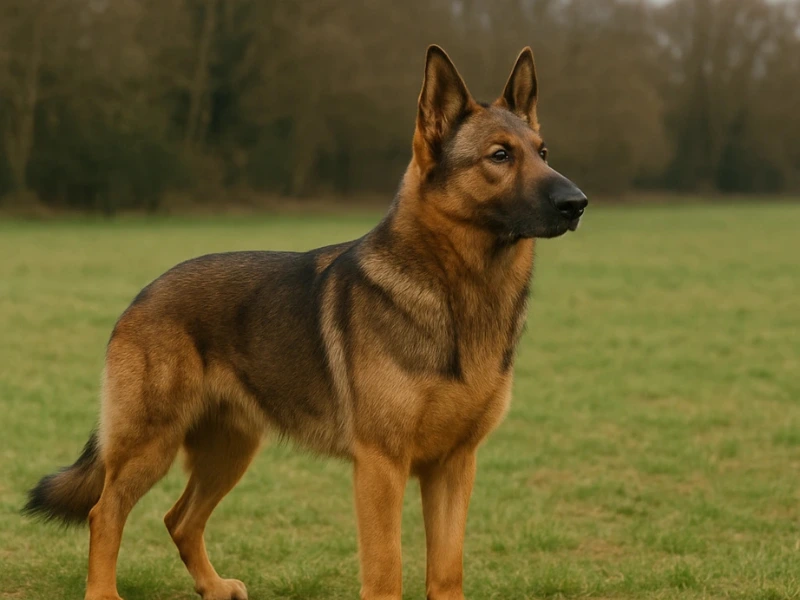
Training & Intelligence of Sable German Shepherds
Sable has German Shepherds, which are very clever dogs that pick things up quickly, but if they are not mentally challenged, they may also cause boredom. Their natural curiosity and problem-solving ability call for interesting and motivating training programs to keep them content. Their quick minds help them flourish in settings where they constantly learn new things; without enough mental stimulation, they could become restless or display bad conduct.
Training Tips for Sable German Shepherd
Sable’s Training Though a fulfilling experience, German Shepherds must start early, ideally during puppyhood, when their brains are most open to learning. Early socializing of them guarantees their development into amiable, well-mannered canines. Treats, compliments, and toys are positive reinforcement tools that will help kids keep up desirable actions. However, harsh discipline should be avoided since sensitive dogs might lose faith in you. The key is consistency; make sure they understand what to expect daily, even for ten minutes, and practice simple obedience commands. This deepens your connection with your dog and helps you promote healthy routines.
Ideal Roles for Sable German Shepherds
Sable German Shepherds shine at tasks requiring discipline and concentration because of their intellect, loyalty, and fast learning capacity. Many are selected for specialized roles like working in police K9 departments; their capacity to pick up difficult commands and operate under duress makes them quite valuable. As therapy or service dogs, they also fit very nicely since they help people in need. Their extraordinary abilities and sharp sense of direction also make them great candidates for search and rescue missions, where their vitality and capacity for problem-solving shine
Diet & Nutrition for Sable German Shepherds
Overall health and vigour of your Sable German Shepherd depend on a nutritionally balanced diet. Maintaining their energy levels, building their joints, and keeping their coat in the greatest condition all rely on a good diet. Furthermore, it helps to prevent common health disorders like obesity, which aggravates joint problems, and it is an appropriate diet.
Basic Feeding Guidelines
Daily calorie intake for a Sable German Shepherd varies depending on age, degree of exercise, and metabolism between 1600 and 2000. Puppies should have three to four smaller meals daily to support their growth. Once they are adults, you can change to two meals a day to keep their health intact and stop overindulgence.
Food Type & Quality
Choose food for your Sable starting with premium kibble, which calls meat as the first ingredient. This assures your dog is getting the necessary protein to support muscular growth and preserve general health. Search for foods with natural ingredients and stay away from fillers like maize or byproducts as over time these might aggravate health issues.
Supplements to Support Health
Fish oil for good skin and a lustrous coat or glucosamine for joint support could help to improve your Sable’s diet even more. Particularly in older dogs or those prone to joint problems, these minerals can help prevent regular medical concerns. See your veterinarian first to be sure your dog’s diet includes extra vitamins.
Avoid Overfeeding
Giving your dog extra treats or table scraps is tempting, but you should be careful not to overfeed, since obesity can follow. Extra weight might unduly strain your dog’s joints and raise their hip dysplasia risk, among other ailments. Eat according to recommended guidelines and only serve decent snacks infrequently.
Are Sable German Shepherds Good for Families?
Sure Sable. When German Shepherds are correctly taught and socialized from an early age, they may be great family dogs. They are naturally devoted to their “pack,” which comprises everyone living in your house. Strong relationships between these dogs and their families define them, and they are usually very loving and compassionate toward young people.
Well-known for their cleanliness and politeness indoors, sable GSDs can fit very nicely in family life, given they have the structure and attention required. To prevent misunderstandings or unwelcome behavior, though, all family members including small children should be taught how to engage politely with the dog. For years to come, a sable German Shepherd can be a devoted and dependable friend with the correct surroundings and limitations.
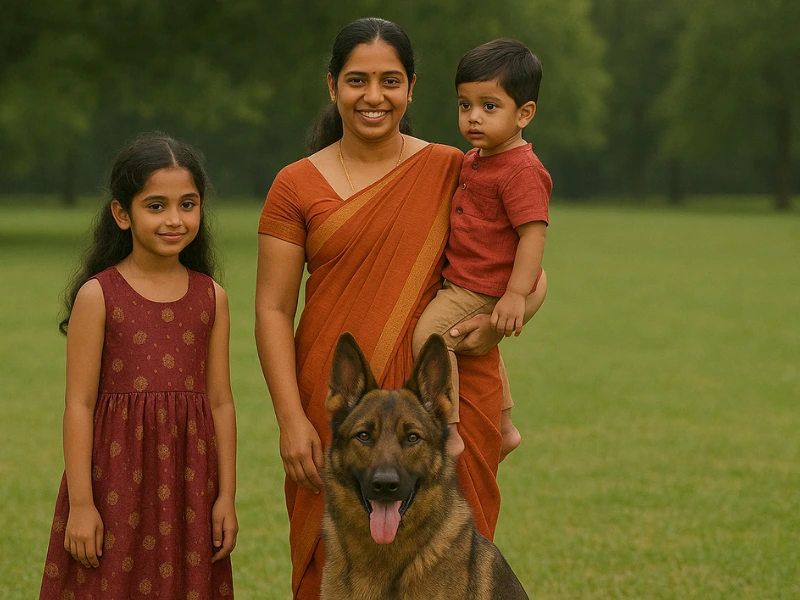
Frequently Asked Questions
Are Sable GSDs Rare?
Yes, compared to black and tan Shepherds, sables are less common, which also makes them more expensive.
Are They Good for First-Time Owners?
If you’re committed to being active and investing time in training, then absolutely. But you need to be a confident leader; otherwise, they may try to take charge.
How Much Do They Cost?
A sable German Shepherd puppy can range between $1,200 to $3,000, depending on the breeder and lineage.
Do They Shed a Lot?
Yes, heavily, especially during seasonal coat changes. Brushing your dog 2–3 times a week is important for their health.
Final Thoughts
The Sable German Shepherd is a great choice if you want a devoted, clever, and striking dog with a strong connection to the ancient roots of the breed. Their distinctive coat marks only the beginning; they are energetic, quite trainable, and create close relationships with their families.
They are most suited, though, for owners who can give them appropriate direction, constant training, and lots of mental and physical activity. A sable GSD can be your most devoted friend, a shining worker, and a loving family member for years to come with the proper care and dedication.
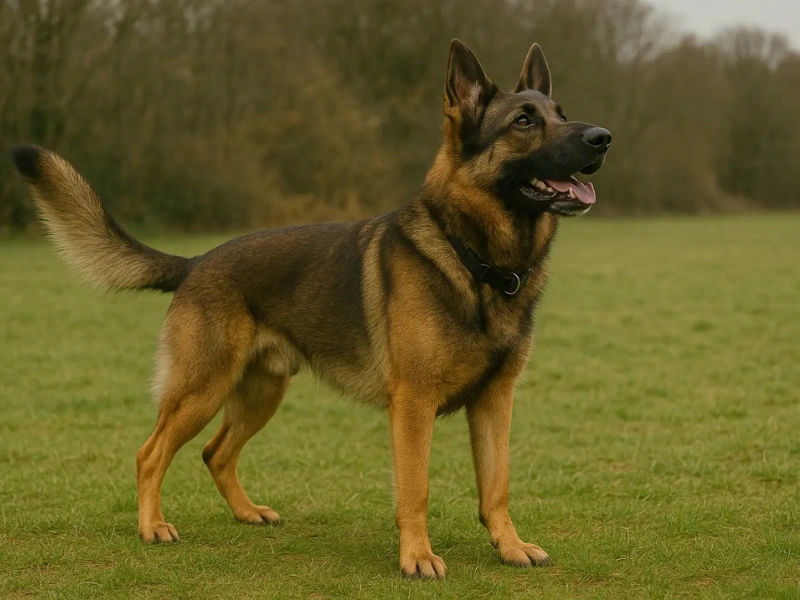
1 thought on “Sable German Shepherd Dog, Traits, Care, And History”